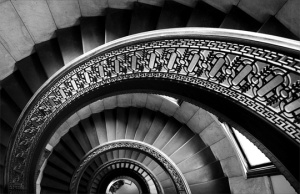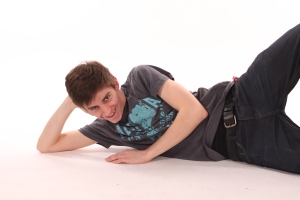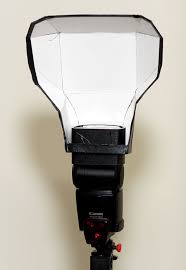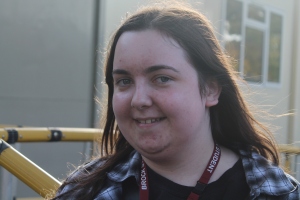Architectrual is the photographing of buildings and similar structures that are both aesthetically pleasing and accurate representations of their subjects.
- A tenet of architectural photography is the use of controlled perspective, with an emphasis on vertical lines that are non-converging (parallel). This is achieved by positioning the focal plane of the camera at so that it is perpendicular to the ground, regardless of the elevation of the camera eye. This result can be achieved by the use of view cameras, tilt/shift lenses, or post-processing.
- View cameras have been used for architectural photography as they allow for the lens to be tilted or shifted relative to the film plane. This allows for control of perspective, as well as a variety of creative possibilities
- In a similar fashion to landscape photography, a deep depth of field is usually employed so that both the foreground and background (to infinity) are in sharp focus.
- More recently, digital single lens reflex (DSLR) cameras have been used in the field of architectural photography. These cameras also employ detachable, tilt-shift lenses of varying (usually fixed) focal lengths.
Landscape photography shows spaces within the world, sometimes vast and unending, but other times microscopic. Photographs typically capture the presence of nature but can also focus on man-made features or disturbances of landscapes.
Many landscape photographs show little or no human activity and are created in the pursuit of a pure, unsullied depiction of nature devoid of human influence, instead featuring subjects such as strongly defined landforms, weather, and ambient light. As with most forms of art, the definition of a landscape photograph is broad, and may include urban settings, industrial areas, and nature photography. Notable landscape photographers include Ansel Adams, Galen Rowell, Edward Weston, Ben Heine and Mark Gray.






















































